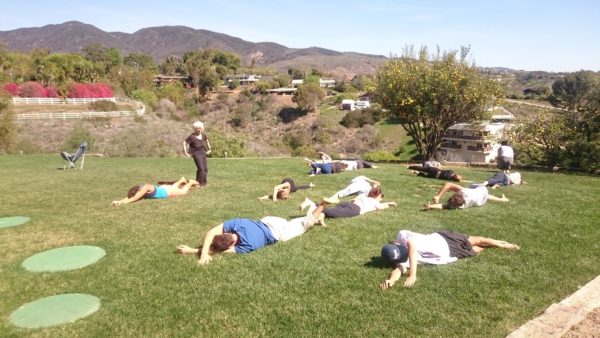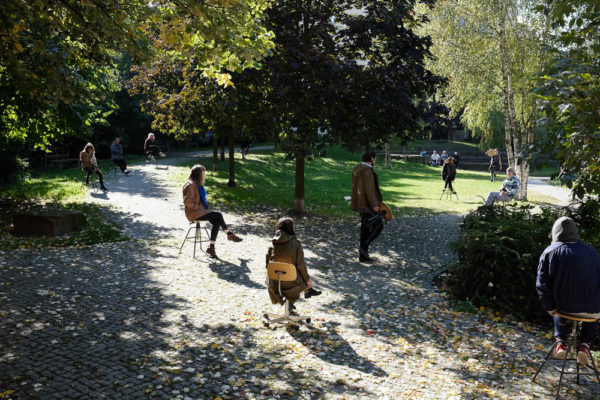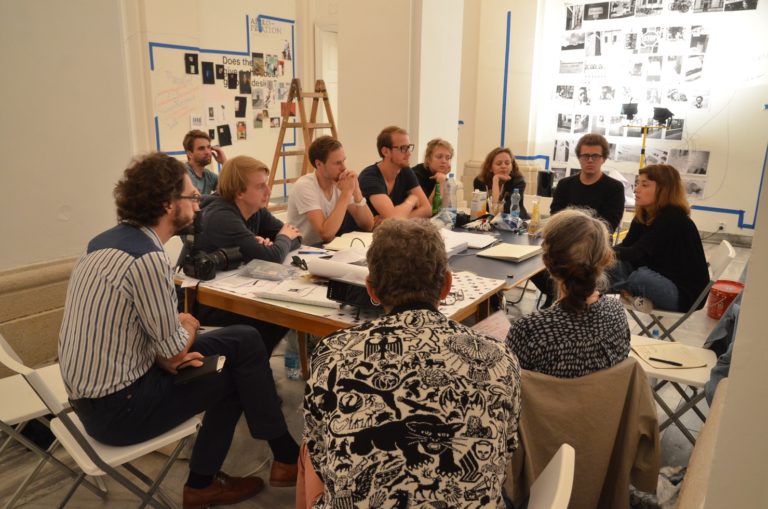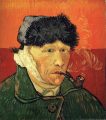In 1933, a group of artists founded the Black Mountain College in North Carolina, an art school conceived and run by its faculty and students. Based on John Dewey’s principles of progressive education, what was initially set up to last six weeks ended up lasting 24 years, with a star-studded alumni including Willem and Elaine de Kooning, Robert Rauschenberg, John Cage, Cy Twombly, and more. Today, a new underground movement of self-organised art schools has been bubbling under the surface in response to the education sector’s ongoing privatisation.

Around the world, these radical MFA programmes are offering alternative models to traditional institutionalised arts education. Creating their own curricula and learning models, they are revolutionising the way art is taught whilst carving out a space for radical accessibility. With tuition costs at an all-time high, access to meaningful arts education is now more relevant than ever. Below, we spotlight five alternative art schools taking the future of artists into their own hands.
School of the Damned, UK
One of the best-known alternative programmes, The School of the Damned offers a free, yearlong unaccredited course. Set up in response to the growing financialisation of higher education, their model of learning is nomadic and self-lead. Each intake of students devises its curriculum collectively, meeting over 2–3 days once a month for the core programme consisting of guest visits, crits and business meetings.
Operating in different cities across the UK allows participants to experience a range of various local art scenes. Rather than becoming stuck in a ‘university bubble’, this approach invites connection and collaboration on a national scale.
Without funding, they manage to sustain the programme by exchanging resources and skills. Guest visitors are reimbursed for their time through a labour exchange with students. Pooling together networks, knowledge and experiences, The School of the Damned is a peer-led laboratory in constant transformation.
The Mountain School of Arts, Los Angeles

Established in the heart of LA’s Chinatown by Eric Wesley and Piero Golia, The Mountain School of Arts has been organising free seminars since 2005, with the objective of ‘supplying the academic community with a distinct brand of cultural fortification.’ With no tuition and no degree, this bare-bones graduate programme centres around seminars by visiting artists and curators such as Hans Ulrich Obrist, Pierre Huyghe, Dan Graham, Tacita Dean and Catherine Opie, to name a few.
Their unorthodox lecture programme comes to extend far beyond fine arts, and includes sessions on everything from food to religion, hence, they accept students from a variety of different disciplines. Over the fifteen years, students have come from backgrounds that include architecture, music, dance and even biology, an interdisciplinary approach that invites innovation and a radical re-imagining of what art can be.
SOMA, Mexico City
Located in the neighbourhood of San Pedro de los Pinos, Mexico City, SOMA is a unique hybrid of art school, residency programme and artist-run space. Set up by a group of artists in 2009, SOMA has been running as a non-accredited art school, delivering a two-year academic programme taught in Spanish, and a two-month summer intensive course, delivered in English.
Additionally, they host weekly artist talks which are free for the general public to attend. With an international roster of students and guests, SOMA encourages dialogue between artists from different nationalities and generations.
Unlike traditional postgraduate courses, a BFA is not essential, they ask only that applicants are committed to their artistic endeavour, with an open and willing attitude to learning and academic exchange.
Parallel School, various locations

Parallel School aims to challenge the hierarchy of the standardised teacher–student approach to education. Their free school model is based on the simple principle of ‘each one, teach one.’ With no fixed curriculum, each participant is both a teacher and student. A five-day alternative programme, it offers an open environment for self-education in art and design. It believes that anyone, anywhere, can create a new type of school, parallel to existing institutions. The Parallel school aims to provide a space for learning and exchange that transcends borders.

Originating in Berlin, it now functions across numerous countries, holding workshops in Glasgow, Moscow, Brno, London, Paris, Lausanne, and Leipzig.
Turps Banana Art School, London
Inspired by numerous fervent discussions in the pub, in 2003, a group of friends decided to establish a magazine about painting, by painters: Turps Banana. Eighteen editions and almost a decade later, they created an art school. Initially housed in an old biscuit factory, the Turps Studio Painting Programme was set up, alongside a yearlong online mentoring programme, Turps Correspondence Course, for international artists.
Described as a ‘renegade art school’, there is a strong focus on peer-led mentoring. Each student is provided with their own studio space, regular seminars and crits, one-to-one mentoring, and studio visits from established painters like Alison Katz and Matthew Collings. As noted by art critic Jonathan Jones: ‘It seems to prove that, as conceptual art becomes the academic orthodoxy of the 21st century, it is painting that is not the punk, dissident, rebellious avant-garde activity taught by mavericks in pop-up studios.’
You can find a full list of alternative schools around the world here. And if you’re feeling particularly inspired, check out Trade School’s free PDF for plenty of advice on how to organise your own collective learning space.
Further reading
The south London art college that gave the world the ‘Camberwell School’
The progressive early history of Mackintosh’s Glasgow School of Art







